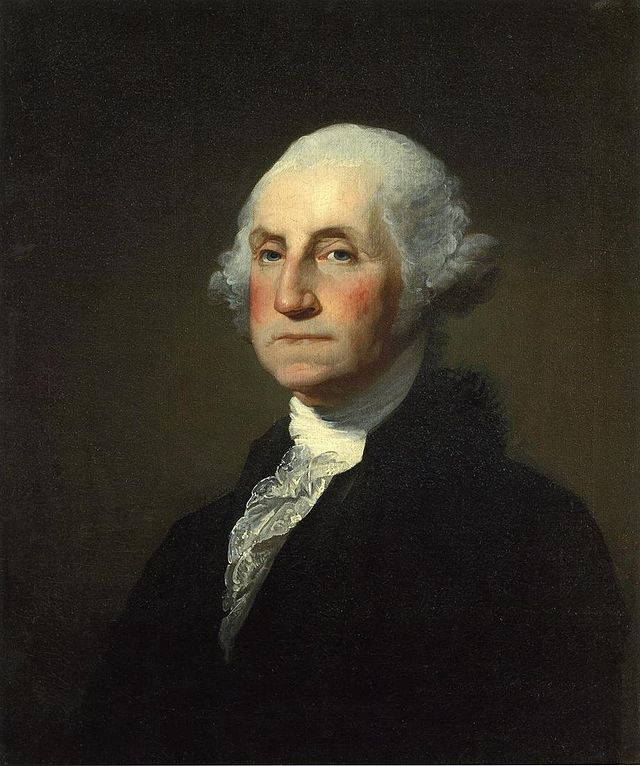Shaping the Electoral College, Part X
By Rodney Dodsworth, Sept 5, 2019
July 26th, 1787 – Back to Square One.
“We are,” James Wilson reminded delegates, “providing a constitution for future generations, and not merely for the peculiar circumstances of the moment.”
Colonel George Mason (VA) reviewed the modes of Executive election. None of them were entirely satisfactory. Several retained elements of popular election.
- By the people, which he ridiculed in saying “that an act which ought to be performed by those who know the most of eminent characters, and qualifications, should be performed by those who know the least. “
2. By the State Legislatures or State Governors. Both invited unacceptable cabal and intrigue.
3. Election by Electors chosen by the people was at first agreed to, but was subsequently rejected.
4. Similarly, the Convention declined a popular election franchise limited to landowners, to freeholders, each of whom would vote for several candidates. This approach appeared plausible, but on closer inspection was liable to fatal objections. A popular election in any form would throw the appointment into the hands of the Cincinnati, a Society for the members of which Mason had great respect; but which he never wished to have a preponderating influence in the government.1
5. By the people, with proviso to not vote for a favorite State son. This was a nod to the small states over fears of large state dominance.
6. By Congressional lottery. With additional snark, Mason noticed little demand for the tickets.
7. By Congress.
After reviewing the various methods, he concluded that election by Congress as originally proposed was the best. While it was liable to objections, it was liable to fewer than any other. To minimize congressional post-election influence over the executive, he envisioned single terms. Having for his primary object, for the pole-star of his political conduct, the preservation of the rights of the people, he held it as an essential point, as the very palladium of civil liberty, that the great officers of State, and particularly the Executive should at fixed periods return to that mass from which they were at first taken, in order that they may feel & respect those rights and interests, which are again to be personally valuable to them. He concluded with moving that the Constitution of the Executive as reported by the Committee-of-the-Whole be re-instated, viz. “that the Executive be appointed for seven years, & be ineligible a 2d. time”
Gouverneur Morris was now against the whole paragraph. In answer to Col. Mason’s position that a periodical return of the great officers of the State into the mass of the people, was the palladium of civil liberty he observed no such motions to term limit Congressmen, Senators or Judges.
On the question on the whole resolution as amended in the words following- “that a National Executive be instituted-to consist of a single person-to be chosen by the National Legislature for the term of seven years, to be ineligible a second time, with power to carry into execution the National laws, to appoint to offices in cases not otherwise provided for, to be removable on impeachment & conviction of malpractice or neglect of duty, to receive a fixed compensation for the devotion of his time to the public service, to be paid out of the National treasury,” – it passed in the affirmative.
NH aye, MA not on the floor, CN aye, NJ aye, PA no, DE no, MD no. VA divd, NC aye, SC aye, GA aye.
The logic around the resolution for legislative appointment of a one term, seven year president was that popular election was risky and some filter in Presidential selection was prudent. Most State Governors were appointed by, and were subservient to, their legislatures, so why not the President? Well, weak State executives were a response to our revolt against England, where a powerful King made war on his subjects. While the legislative mode of selection was acceptable at the National level, an executive as weak as most State Governors was not. The answer at this point was to retain legislative election, but isolate his performance from the influence and machinations of Congress. That is why the Framers went for a single term of reasonable length. With a single term, the President would not have to constantly look over his shoulder at Congress or allow it to influence his decisions.
For readers today who chuckle at the notion of legislative appointment as a silly diversion from the final form of the Electoral College . . . not so fast. A modified form of legislative appointment made the final cut in our Constitution, in which the House of Representatives, voting federally, was expected to have the final say in most Presidential election outcomes.
Notice also the power to impeach, convict and remove the President from office. That peaceful avenue to seek relief from oppression, to impeach and remove the King of England was not available to the American Colonists. It just did not exist in a legal system designed to secure the prerogatives of the Crown. So, our Framers provided nonviolent means of relief. Instead of revolt, instead of storming the White House to behead the President and his family, we expected to peacefully remove rogue Presidents.
Back to square one; Congress elects a single executive to one seven year term, passed 6-3.
The Convention adjourned to Monday, August 6th, to give the Committee of Detail time to put the VA Plan, as modified by the various resolutions passed over the summer, into a smooth form.2
- Society of the Cincinnati.
2. John Rutledge chaired the committee. The other members were Edmund Randolph, Oliver Ellsworth, James Wilson, and Nathaniel Gorham. Rutledge was a Revolutionary War governor of SC, while Randolph was the sitting governor of VA.

